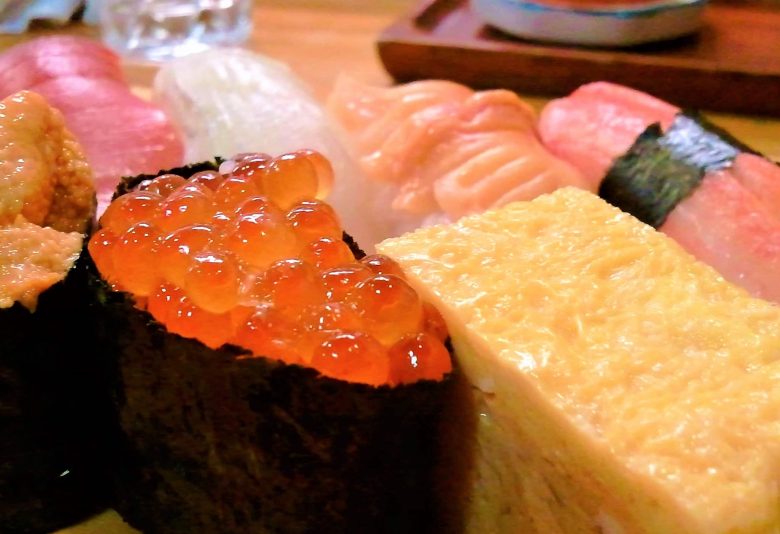
Sushi, Japan’s gift to the world
From all the dishes that come to mind when thinking about Japanese cuisine, one on the very top of the list (if not the most known) is sushi. The simple and flavorful aspects of it has made it rise into popularity all around the world. But how did something so unique came to be?
By the way, if you are planning your work travel stay in Tokyo, your study program in Kyoto or travel and discovery trip in Izu, don’t forget to take the first step finding you home in Japan at any of our share house, guest house or apartment options in any of the areas mentioned. While living in Japan, whether it is for a short term or a long term stay, there shall be many things to learn, so lets focus a bit on one that has been the great gift of Japan to the world, sushi.

Although associated with Japan, the origin of sushi begins in China along the 2nd century B.C., a time when refrigeration was not as simple as today. Due to this, finding a way to preserve fish was mandatory. To do so, a technique using salt and rice was used to ferment the fish and prevent it from rotting. The rice would be fermented to preserve the fish, which was also heavily salted to prevent the growth of bacteria. Counter to how it is consumed today, the rice used to be discarded and only the fish was eaten, thus creating what is known as “narezushi”.
Advancing a few centuries later to the 8th century, this technique of fish preservation settles in the Japanese cuisines and, as with many of the adopted technologies from overseas, begins its development and change.
The taste was quite strong, but the practicality of being able to preserve fish (already a staple food at the time) quickly made it gain popularity.
Several centuries later, a considerable change happened, the introduction of vinegar to the fermentation process. By using vinegar, the rice could be ferment faster, reducing time and allowing to match with the demands of consumers. Here still sushi didn’t look like what it is today, the fish was usually cooked and portions were much bigger.
Advancing to the late 18th century, a man named Hanaya Yohei finally discovered that instead of throwing the rice away, this could be seasoned with vinegar and served with the fish itself. His creation was the “nigiri sushi” (fish pressed and served on top of seasoned rice). Finally, the first image of sushi as we know it today appears.
The new dish quickly gained popularity and sushi shops started appearing all around Edo (nowadays Tokyo). A few centuries later, with the usage of modern refrigeration, raw fished began to be used and the traditional fermentation process turned almost un-existent. Also, with more and more sushi shops appearing along the country, it didn’t take long for the dish to spread all the way across the oceans to the entire world.
Throughout the evolution of sushi, many other techniques appeared, such as “oshizushi” (fish and rice pressed together in a wooden square mold, “oshi” meaning to push or press) and “makizushi” or “norimaki” (fish, fish and other ingredients wrapped in “nori” dried seaweed).
The further popularity overseas has continued to allow further changes with several additional ingredients, wrapping techniques and presentation. One thing is for sure, sushi shall continue to be on the menu for a very long time.
SAKURA HOUSE
Nishi-Shinjuku K-1 Bldg. 2F
7-2-6 Nishi-Shinjuku, Shinjuku-Ku Tokyo, Japan
Postal code: 160-0023
Google map
- From Japan:
- 03-5330-5250
- From outside Japan:
- +81-3-5330-5250
- Mail:
- [email protected]
- Office hours:
- 8:50 am to 8:00 pm
We are open every day of the year.
- Tokyo time:
- 14:25(We are open now!)







